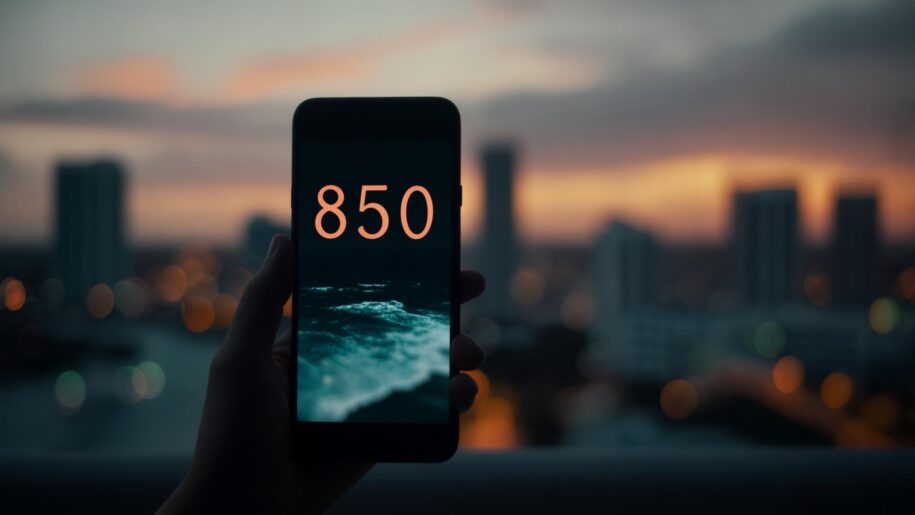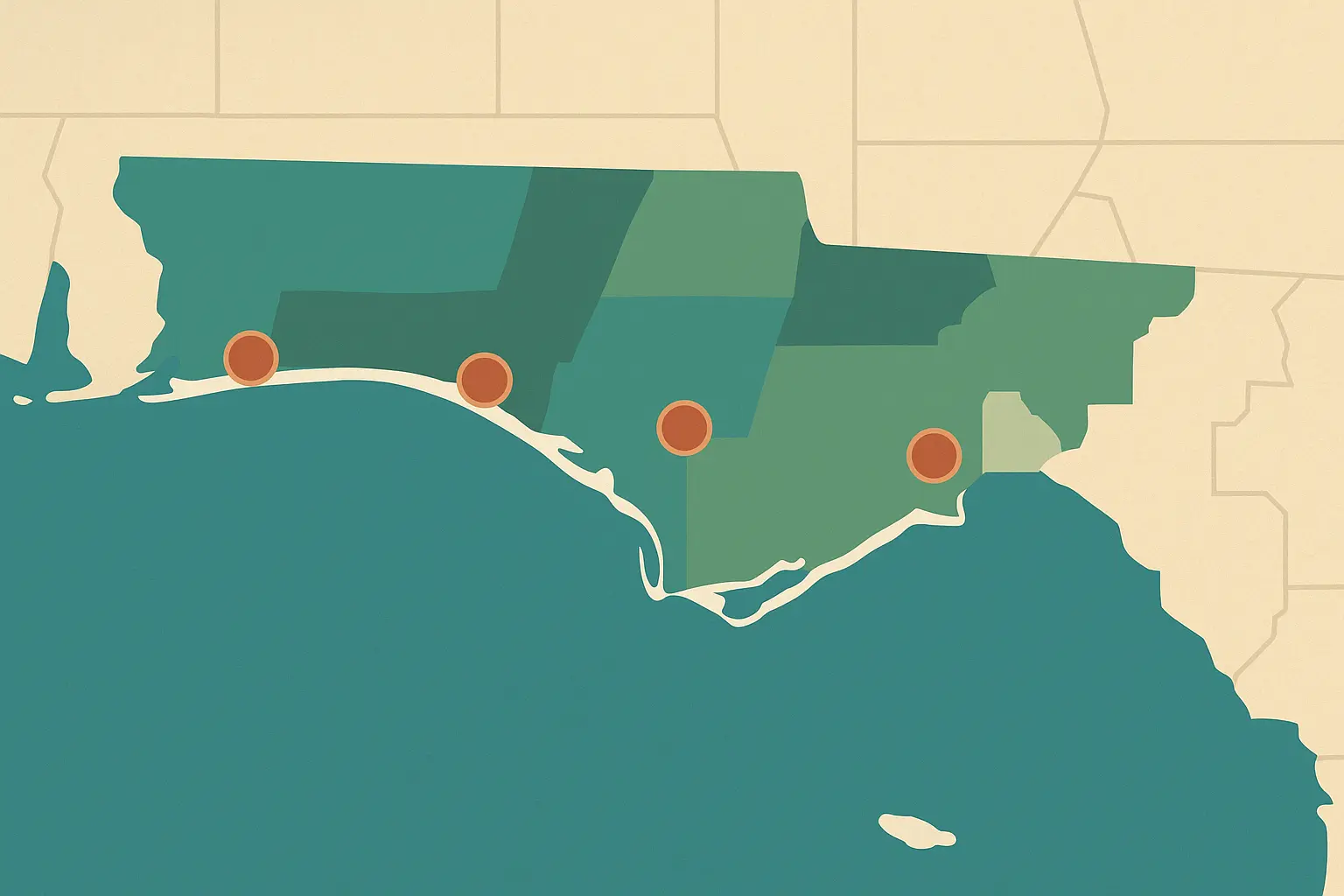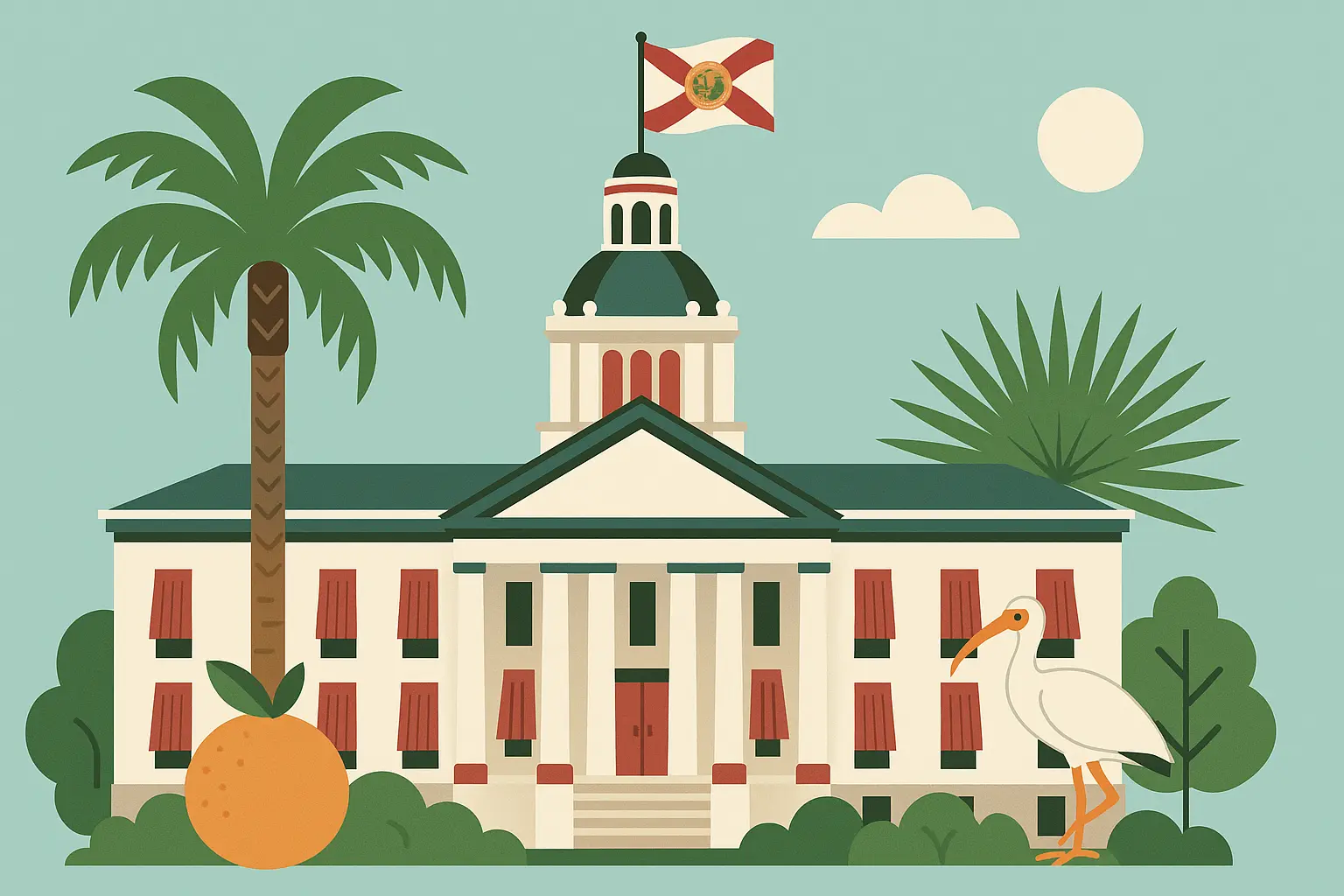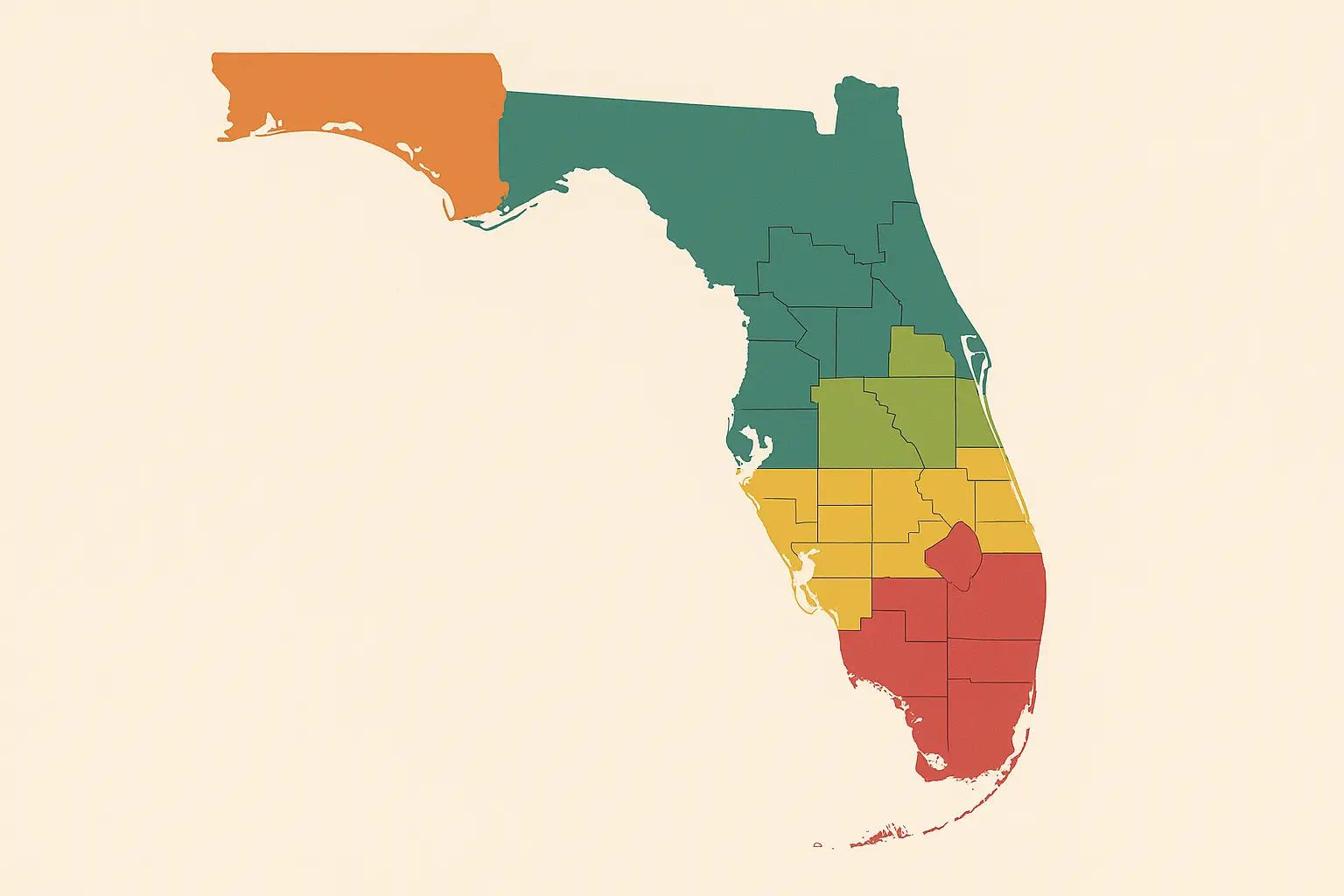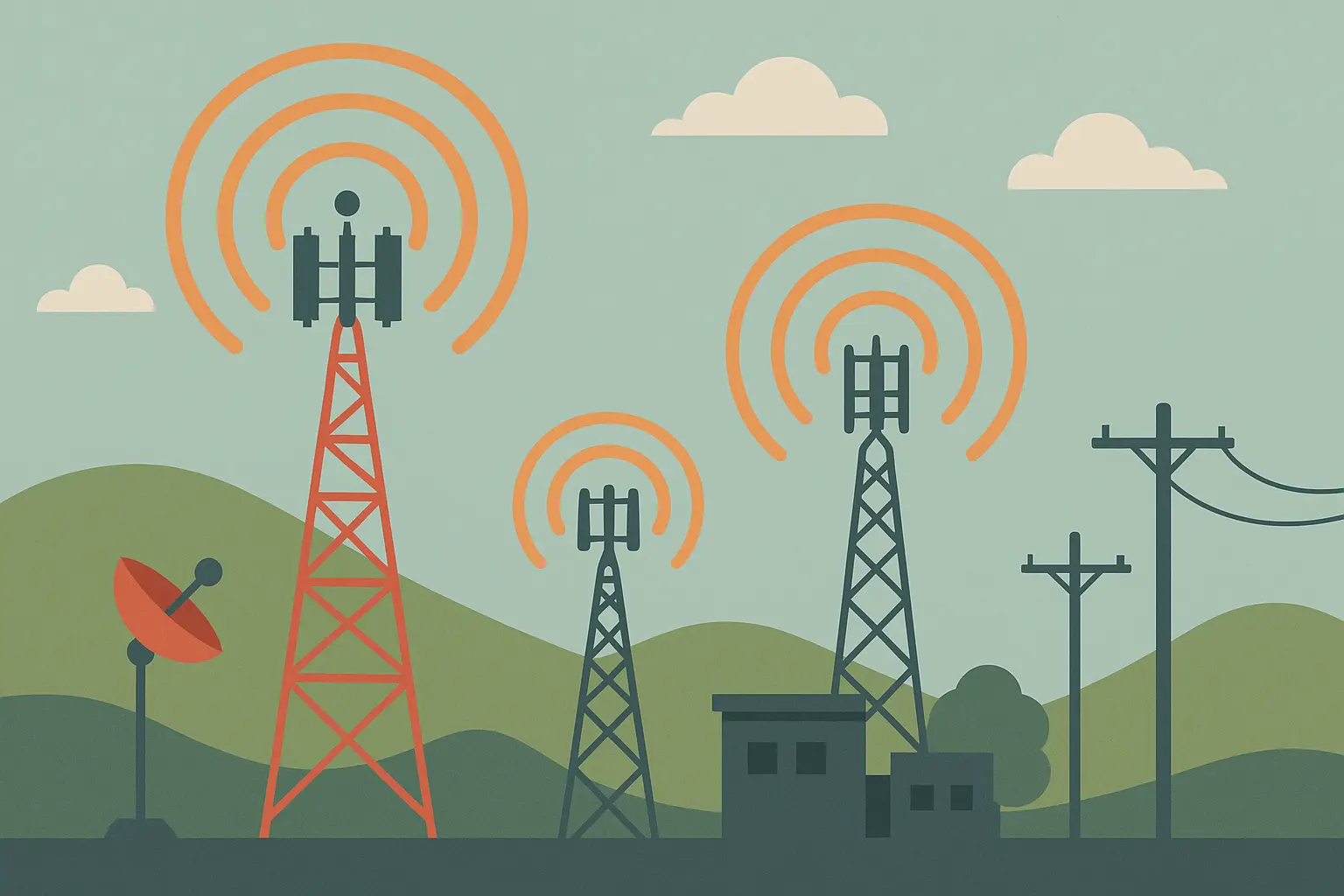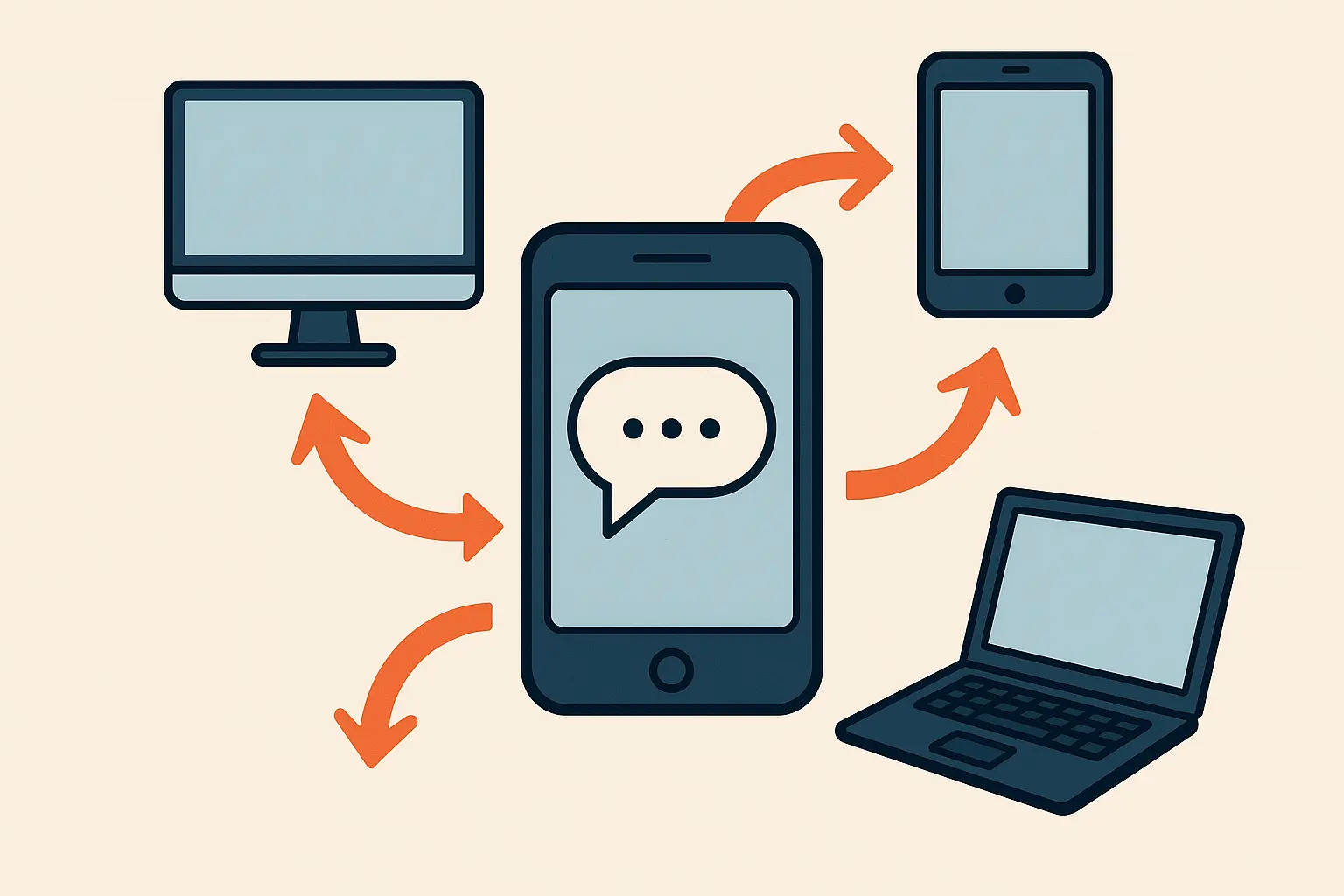I’ve lived in Florida for years, but I never really understood how weird this area code is until I started digging into its history. Turns out, this chunk of Florida is way weirder than I thought – it’s the only area code I know that spans two time zones, which creates some pretty hilarious scheduling disasters. Established in 1997 when Florida’s population boom forced a split from the original 904 area code, the 850 designation serves over 1.5 million residents across 23 counties in Northwest Florida according to SmartChoice. Let me tell you what I discovered about this weird corner of Florida and why it makes business calls way more complicated than they should be.
Table of Contents
Table of Contents
-
Where This Thing Actually Covers
-
The Time Zone Nightmare You Didn’t Know Existed
-
How We Got Stuck With This Split
-
Why Business Calls Get Weird Here
-
Universities, Military Bases, and Government Chaos
-
The Technical Stuff That Actually Matters
-
How to Deal With All This Madness
-
What I Learned
TL;DR
-
This area code covers 18 counties across northwest Florida, including major cities like Tallahassee, Pensacola, and Gainesville
-
It’s the only Florida area code spanning two time zones (Central and Eastern), which screws up meetings constantly
-
Created in 1997 when the original 904 area code ran out of numbers
-
Houses Florida’s capital, major universities (FSU, UF), and a bunch of military bases
-
Businesses operating here need to get smart about communication or they’ll miss half their calls
-
The region serves everything from government workers to beach tourists to farmers
Where This Thing Actually Covers
The region blankets a massive chunk of northwest Florida, stretching from the Alabama border to north-central Florida. We’re talking about an area that’s bigger than some entire states, covering everything from beach towns to the state capital to places so rural you might not have cell service.
When people ask me about where this area code covers, I tell them to imagine drawing a line from Pensacola in the west all the way over to Gainesville in the east. That’s your basic coverage area, but it gets more complicated when you start looking at the specific boundaries.
|
Major Cities |
County |
Time Zone |
What They Do |
|---|---|---|---|
|
Tallahassee |
Leon |
Eastern |
Government, Education |
|
Pensacola |
Escambia |
Central |
Military, Tourism |
|
Panama City |
Bay |
Central |
Tourism, Military |
|
Gainesville |
Alachua |
Eastern |
Education, Healthcare |
|
Fort Walton Beach |
Okaloosa |
Central |
Military, Tourism |
|
Crestview |
Okaloosa |
Central |
Military, Retail |
The Big Players
Four main cities actually run the show here, and each one has its own personality. These aren’t just random dots on the map – they’re the places that drive everything that happens in this part of Florida.
Tallahassee gets all the government workers and political drama. Pensacola brings the military folks and Gulf Coast tourists. Panama City adds more beach tourism plus air force bases. Gainesville rounds things out with the University of Florida and all the medical stuff that comes with a major research university.
Tallahassee – Where the Political Magic Happens
As Florida’s capital city, Tallahassee is the political heart of the region. I’ve spent time there during legislative sessions, and the place completely transforms when lawmakers show up. The city’s government workforce, combined with Florida State University, creates this unique mix that influences how the entire area’s phone systems work.
Government buildings need secure phone lines. Universities need massive internet for research. Students need reliable cell service for everything from ordering pizza to submitting assignments. All of this creates demand that affects everyone else in the region.
Pensacola’s Western Edge
Positioned near the Alabama border, Pensacola serves as the western anchor of the territory. What makes this city interesting is how it runs on Central Time while most of Florida uses Eastern Time. Its military bases, tourism industry, and Gulf Coast location make it a major economic driver for the western counties.
Naval Air Station Pensacola alone employs thousands of people who need rock-solid communication systems. Add in the tourism industry serving those gorgeous Gulf beaches, and you’ve got communication demands that range from military-grade security to vacation rental booking systems.
The Smaller Towns That Count
Beyond the big cities, dozens of smaller communities contribute to the region’s character. Places like Crestview, Fort Walton Beach, Marianna, and Live Oak each bring their own economic activities and communication needs to this diverse area.
Crestview has exploded in growth because it’s close to Eglin Air Force Base. Fort Walton Beach is another military-tourism combo. Marianna anchors the farming areas in the middle. Live Oak connects to the more rural, agricultural counties.
Each of these places has different communication patterns. Military towns need systems that can handle security protocols. Tourist areas need to scale up during busy seasons. Farming communities need reliable service even in the middle of nowhere.
County-by-County Reality Check
The region encompasses about 18 counties throughout northwest Florida, including Leon, Escambia, Bay, Alachua, Jackson, and Gadsden counties. Each county brings different stuff to the table – from farming and forestry to government services and military operations.
Leon County gets the state government and FSU. Escambia County brings Naval Air Station Pensacola and beach tourism. Bay County has Panama City and Tyndall Air Force Base. Alachua County houses the University of Florida and the massive Shands Hospital system.
Then you’ve got the rural counties that people forget about. Jackson County has agriculture and some manufacturing. Washington County focuses on forestry and farming. Holmes County is mostly rural with small communities scattered around.
Here’s a real example: My buddy runs a logistics company with warehouses in both Pensacola (Central Time) and Tallahassee (Eastern Time). When his Pensacola facility schedules a 2 PM delivery confirmation call to Tallahassee, they have to remember it’s already 3 PM in the capital city. This one-hour difference creates constant coordination headaches.
The Time Zone Nightmare You Didn’t Know Existed
Here’s where things get absolutely bonkers – this area code is split between two time zones, making it one of the few area codes in America with this complication. I discovered this the hard way when I scheduled a conference call with people in Pensacola and Tallahassee, assuming they were all in the same time zone. Big mistake.
The western counties operate on Central Time while eastern counties use Eastern Time, creating a one-hour difference within the same area code that screws up everything from business meetings to family calls. Most people don’t realize this until it bites them personally.
How the Split Actually Works
The time zone split isn’t random – it follows geographic and economic patterns that actually make sense when you think about it. Western counties like Escambia (Pensacola) align with Central Time because they’re basically connected to Alabama, while eastern counties like Leon (Tallahassee) and Alachua (Gainesville) stick with Eastern Time.
Think about it from a business perspective. Pensacola has way more economic ties to Mobile, Alabama than it does to Jacksonville, Florida. People commute across the Alabama border for work. Businesses coordinate with suppliers and customers in Alabama and Mississippi. Central Time makes perfect sense for their daily operations.
Meanwhile, Tallahassee has to coordinate with the rest of Florida’s government operations, which mostly run on Eastern Time. Gainesville connects to the broader Florida university system and healthcare networks, also on Eastern Time.
Real-World Disasters This Creates
The dual time zone situation creates daily headaches that most people don’t think about until they get burned. I’ve seen businesses miss important calls because someone forgot about the time difference. Scheduling meetings across the region requires constant time zone awareness, and companies have to carefully coordinate operations to avoid confusion and missed appointments.
Meeting Madness
Companies with operations spanning the region face scheduling challenges that don’t exist anywhere else. A 2 PM meeting in Tallahassee is 1 PM in Pensacola, requiring careful coordination and crystal-clear communication about which time zone applies to any appointment or deadline.
I know a regional manager who oversees stores in both Pensacola and Tallahassee. She has to specify time zones in every meeting invitation, every conference call, every deadline. Her calendar software helps, but it doesn’t prevent the confusion when someone joins a call an hour early or an hour late.
Businesses dealing with these communication headaches often need reliable ways to forward text messages to email addresses to ensure important scheduling updates reach the right team members regardless of where they are.
Customer Service Chaos
Businesses serving the entire region must plan their customer service hours and logistics carefully to handle both time zones. What seems straightforward – “we’re open 9 AM to 5 PM” – becomes a nightmare when your service area spans an hour time difference.
A medical practice with offices in both Panama City (Central Time) and Gainesville (Eastern Time) has to carefully coordinate patient appointments. When a Panama City patient calls to schedule a 9 AM appointment, the Gainesville office has to clarify whether that’s 9 AM Central or Eastern time to avoid scheduling disasters and confused patients.
How We Got Stuck With This Split
This area code didn’t exist until 1997, when phone company officials realized the original 904 area code covering all of northern Florida was running out of numbers. I remember when this happened – suddenly half the people I knew had different area codes, and we all had to update our phone books.
The split created a more manageable system while keeping the 904 code for the Jacksonville area and northeastern Florida. The transition from 904 created similar challenges to what businesses face today, particularly around communication management. Understanding 904 area code challenges helps show why this split was necessary and how it improved regional phone systems.
Why They Had to Do Something
Population growth and the explosion of phone line demand in the 1990s forced phone planners to act fast. The original 904 area code simply couldn’t handle the increasing number of residents, businesses, and the emerging demand for fax lines, pagers, and early mobile phones across such a huge geographic area.
Remember, this was when businesses needed separate phone lines for fax machines. People were getting pagers. Early cell phones were becoming more common. Dial-up internet required dedicated phone lines. The demand for phone numbers was exploding in ways nobody had predicted when they first designed the numbering system.
The region was growing particularly fast due to military expansion, university growth, and increased tourism development along the Gulf Coast. Something had to give.
How They Decided Where to Draw the Lines
The boundary decisions weren’t random – they followed county lines and economic patterns that made sense for the region. The split preserved existing business relationships while creating a more sustainable numbering system for northwest Florida’s growing phone needs.
Phone planners looked at calling patterns, economic relationships, and geographic boundaries. They wanted to minimize disruption to existing business relationships while creating logical service areas for the new region.
The result was a system that kept related communities together while providing room for future growth. Jacksonville and the northeast coast kept 904. The panhandle and north-central areas got the new designation.
Why Business Calls Get Weird Here
Operating a business in this region presents communication challenges that don’t exist in most other parts of the country. From coordinating across time zones to managing customer expectations, businesses need to think strategically about their phone systems and processes.
I’ve worked with companies that have locations throughout the region, and they all face similar issues. Time zone coordination is just the beginning. You’ve also got varying service quality, different local calling patterns, and the complexity of serving both urban and rural markets within the same area code.
Dialing Patterns That Confuse Everyone
Most calls within the region can use 7-digit dialing, but the time zone split means you’re often calling across time boundaries even with local numbers. Cross-border calls to neighboring area codes like 904 or 386 require full 10-digit dialing, adding another layer of complexity to daily operations.
The complexity got way worse in 2021 when “mandatory 10-digit dialing starts Saturday” according to the Tallahassee Democrat. This change came after the introduction of the 448 area code overlay, requiring all users to dial the full 10 digits for every call, even local ones.
Now everyone has to remember to dial all 10 digits, even for calls across the street. Older phone systems needed updates. Business cards and marketing materials needed changes. Automated dialing systems required reprogramming.
Emergency Services Get Complicated
The region maintains comprehensive 911 coverage across its diverse territory, with enhanced systems that automatically route calls to appropriate local dispatch centers. However, the geographic diversity and time zone split require careful coordination between different emergency service jurisdictions.
Emergency services have to coordinate across county lines, time zones, and different types of terrain. A call from a remote area in Jackson County gets handled differently than an emergency in downtown Tallahassee. The systems work, but they require constant coordination and clear protocols.
Things Businesses Need to Remember:
☐ Double-check time zones for all scheduled calls and meetings
☐ Update phone systems to handle 10-digit dialing requirements
☐ Train staff on proper dialing procedures for local vs. long-distance calls
☐ Set up clear protocols for cross-time-zone scheduling
☐ Test emergency contact systems across all locations
☐ Review and update automated dialing systems
☐ Make sure customer service hours account for both time zones
Universities, Military Bases, and Government Chaos
This region punches way above its weight in terms of important institutions, housing Florida’s capital, major universities, and critical military installations. These institutions drive much of the region’s economic activity and create communication needs that influence the entire area’s phone systems.
When you’ve got Florida State University, the University of Florida, Florida A&M University, multiple military bases, and the entire state government all operating in the same area code, you’re dealing with communication demands that go way beyond typical residential and business needs.
College Towns Gone Wild
Florida State University in Tallahassee and the University of Florida in Gainesville are two of the state’s biggest educational powerhouses. Along with Florida A&M University and other colleges, these schools bring thousands of students, faculty, and staff who need reliable communication services.
When you’ve got 80,000 college students plus their parents calling constantly, plus all the research facilities needing high-speed data connections, the phone system gets pretty crazy pretty fast. Dormitories require extensive phone and internet setup. Administrative offices coordinate with state agencies, other universities, and federal research programs. Campus security systems need bulletproof emergency communication capabilities.
The region benefits from this educational setup, but it also creates challenges. During peak enrollment periods, communication systems face heavy usage. When students return for fall semester, cellular networks in Tallahassee and Gainesville experience significant load increases that can slow everything down
Military Madness
Eglin Air Force Base, Naval Air Station Pensacola, and other military facilities contribute significantly to the regional economy while creating specialized communication requirements. These installations influence everything from local business patterns to phone system development.
Military communications operate under different security protocols than civilian systems. Base personnel need secure lines for official business and standard connections for personal use. Contractors working with military installations often require communication systems that can interface with both civilian and military networks.
The region’s military presence also drives technology adoption. Advanced communication systems tested at these facilities often become available to civilian users later. This creates opportunities for local businesses to access cutting-edge phone technology.
Government Operations Central
Tallahassee’s role as Florida’s capital means the region handles critical state government communications. This creates additional demands on the phone systems and influences business communication patterns throughout the area.
State agencies coordinate with local governments throughout Florida. Legislative sessions bring temporary surges in communication activity. Emergency management operations require backup communication systems that can function during natural disasters.
Government operations also create business opportunities. Companies serving state contracts need communication systems that meet government security and reliability standards. This drives infrastructure improvements that benefit all users in the region.
The Technical Stuff That Actually Matters
Understanding the technical setup behind this area code helps explain why certain communication challenges exist and how modern solutions can address them. The region’s integration with the North American Numbering Plan and diverse carrier services creates both opportunities and complications for users.
The 448 overlay implementation shows how the region continues evolving its phone systems. Number assignment follows specific technical protocols that affect how calls are routed and how services are delivered.
How the Numbers Actually Work
The region follows standard North American Numbering Plan protocols, with specific rules about number assignment and formatting. The first digit can’t be 0 or 1, and the system is designed to accommodate future growth and potential overlay scenarios.
Number blocks get assigned to different carriers based on demand and geographic coverage. This affects call routing and can influence service quality depending on which carrier handles specific number ranges.
The introduction of the 448 area code overlay demonstrates this growth management in action. As “Florida’s 850 area code running out of phone numbers, the 448 overlay plan and 10-digit dialing is necessary” according to the Florida Phoenix, showing how the region continues to evolve its phone systems.
Who Provides Service
Major phone companies including Verizon, AT&T, and CenturyLink serve the territory, along with regional carriers and modern VoIP services. The geographic diversity means service quality can vary significantly between urban centers and rural areas.
Urban areas typically enjoy competitive service options with multiple carriers offering fiber, cable, and wireless services. Rural areas may depend on single providers or face limited options for high-speed internet and advanced phone services.
The 448 overlay affects all carriers equally, requiring system updates and customer education across the entire provider ecosystem. This creates coordination challenges but also opportunities for improved service delivery.
How to Deal With All This Madness
Smart communication solutions can address many of the unique challenges created by the region’s geographic and time zone complexity. Auto Forward SMS offers businesses and individuals tools to manage message routing, ensure important communications reach the right people, and maintain connectivity across this diverse region.
Modern messaging solutions become essential when you’re dealing with the coordination challenges that come with operating across multiple time zones, diverse geographic areas, and varying infrastructure quality levels.
Fixing the Time Zone Problem
Auto Forward SMS helps businesses operating across the region’s dual time zones by automatically forwarding important text messages to email addresses or API endpoints. This ensures critical communications reach decision-makers regardless of time zone differences or location changes.
Time-sensitive messages can be automatically routed to multiple recipients, ensuring someone receives important information even when time zone confusion causes scheduling problems. For businesses new to automated messaging solutions, getting started with AutoForward SMS provides a comprehensive guide to implementing these communication tools across multiple locations.
Regional businesses can set up filtering rules that account for time zone differences, automatically adjusting message delivery timing based on recipient location within the region.
Supporting Different Industries
From government operations in Tallahassee to tourism businesses along the Gulf Coast, Auto Forward SMS’s filtering capabilities allow organizations to create specific rules for message routing. Educational institutions can forward campus alerts, while military-adjacent businesses can maintain communication continuity across secure and non-secure systems.
Government agencies can use keyword filtering to route different types of messages to appropriate departments. Tourism businesses can set up seasonal message routing that adjusts based on peak and off-peak periods. Agricultural operations can forward weather alerts and market updates to relevant personnel automatically.
The region’s diverse economic base benefits from flexible communication solutions that can adapt to different industry requirements and operational patterns.
A regional healthcare network with facilities across the area uses Auto Forward SMS to ensure emergency notifications reach on-call physicians regardless of their location. When a critical patient alert comes in at the Panama City facility (Central Time), the system automatically forwards the message to the on-call doctor’s email and ensures they receive it whether they’re in Tallahassee (Eastern Time) or anywhere else in the region.
Ready to streamline your communication across the region? Try Auto Forward SMS free for 7 days and see how automated message forwarding can solve your time zone and coordination challenges.
What I Learned
This area code represents one of America’s most geographically and economically diverse phone regions. Its unique dual time zone coverage, combined with the mix of urban centers, rural communities, government operations, and military installations, creates communication challenges that require thoughtful solutions.
Whether you’re a business owner coordinating operations across Pensacola and Tallahassee, a government worker managing communications across multiple counties, or simply someone trying to understand why calling within your own area code can be so complicated, recognizing these regional characteristics helps you make better communication decisions.
The region’s continued growth and economic development will likely bring future changes to its phone systems. Understanding how this area code works today prepares you for whatever modifications or improvements come next in this fascinating corner of Florida.
Look, this area code is just plain weird. But once you understand the time zone thing and why your calls sometimes act funny, it all makes sense. Just remember to double-check what time zone you’re scheduling that meeting in – trust me on this one.
